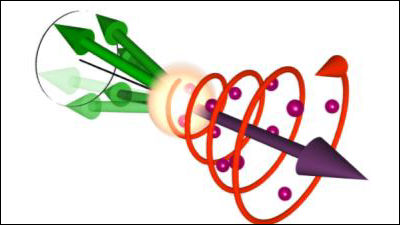Actually, the mechanism of 'superconductivity' that is also used for linear is not well understood

It is known that when a specific substance is cooled to an extremely low temperature, it becomes a state called ' superconductivity ' with high conductivity with no electrical resistance. Superconductivity is applied to maglev trains and MRIs, but in fact, no simple theory has been found that can explain the mechanism by which substances acquire conductivity. A research team at the University of Michigan used a new supercomputer to derive the result that ``50% of known substances can explain superconductivity with conventional theories.''
Mechanism of superconductivity in the Hubbard model at intermediate interaction strength | PNAS
https://doi.org/10.1073/pnas.2205048119
Quantifying the role of antiferromagnetic fluctuations in the superconductivity of the doped Hubbard model | Nature Physics
https://doi.org/10.1038/s41567-022-01710-z
UM researchers untangle the physics of high-temperature superconductors | University of Michigan News
https://news.umich.edu/um-researchers-untangle-the-physics-of-high-temperature-superconductors/

The physical phenomenon of superconductivity was discovered in the early 1900s, and around 1950, ``The attraction (Cooper pair) between electrons with opposite spins makes it possible for the current to flow freely.'' A theory was proposed to explain the mechanism of superconductivity. However, several substances have been discovered that acquire superconductivity at relatively high temperatures where this theory does not apply, and a theory that can explain superconductivity in all substances has not yet been established.
According to a research team at the University of Michigan, it is necessary to know the interaction between electrons and spins to explain the mechanism of superconductivity. The research team derived a model to actually find the interaction and investigated the interaction between electrons and spins using a supercomputer.

As a result of a survey using a supercomputer, it was said that the conventional theory that ``conductivity is acquired by electrons with opposite spins'' was applied to about 50% of known substances. On the other hand, the remaining 50% of substances cannot be explained by conventional theories, indicating the possibility that ``fluctuations in electric charges'' have an effect.
The research team said, ``There is no reason for ``one simple theory to explain the mechanism of superconductivity.'' Surprisingly, the conventional theory applies to quite a few substances, but not all.' The research team also hopes that the results of this research will help clarify the mechanism of superconductivity.
Related Posts:
in Science, Posted by log1o_hf







